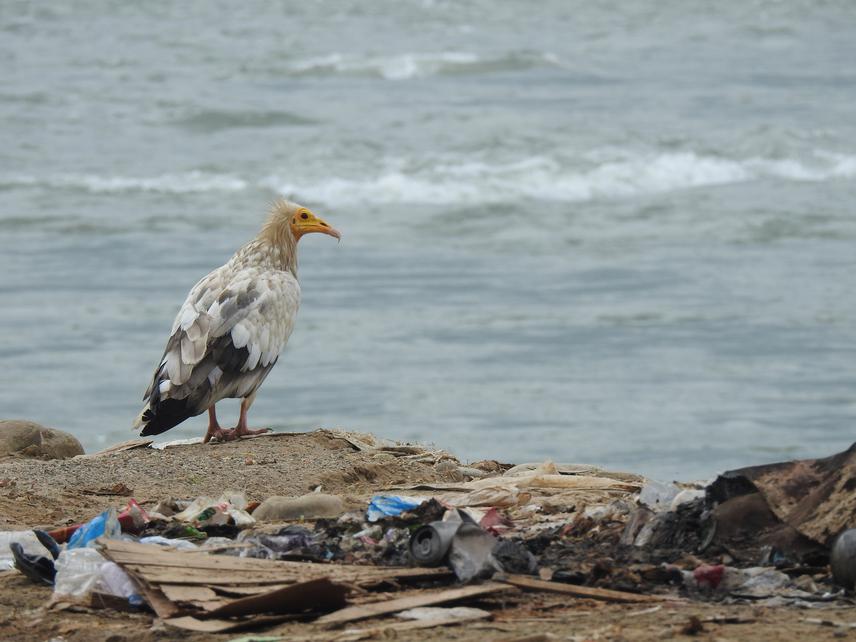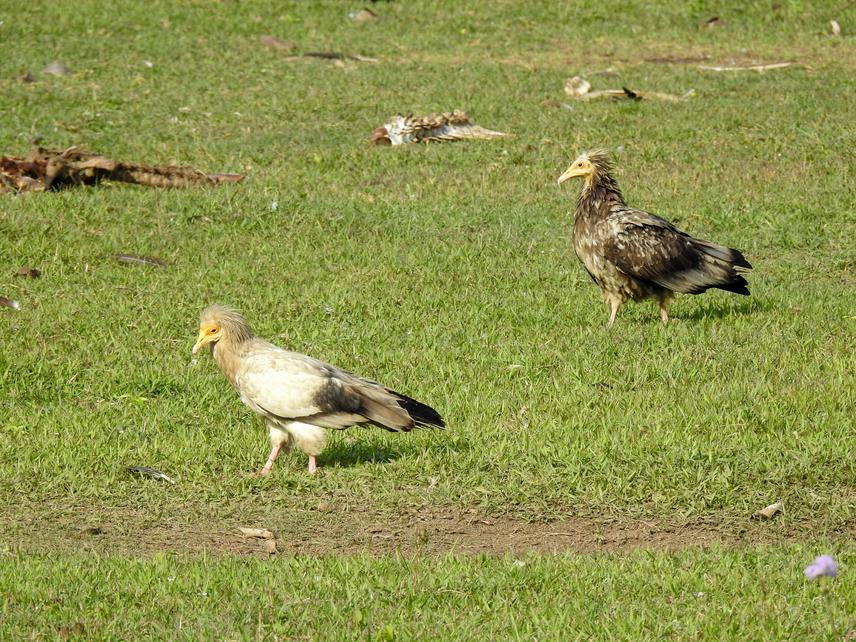Articles featuring the project.
Satellite tagging tracks Egyptian vulture’s 200 km journey to Ayodhya
After reaching Ayodhya, the white vulture returned to Pokhara
4 Jun 2024 Sandhikharka, Arghakhanchi, Nepal, Indian Sub-continent Birds
Integrated Conservation of Critically Endangered Vultures in Arghakhanchi District, Nepal
Strengthening the Local Communities for In-Situ Conservation of Critically Endangered Vultures in Western Mid-Hills of Nepal
Despite being a globally endangered species, Egyptian Vulture monitoring and targeted conservation actions in Nepal, and generally in south Asia, are scarce. Nepal holds at least 3% of the global population of Egyptian Vulture. The GPS tracking of European and central Asian population of Egyptian Vulture has revealed their migratory routes to Africa and Arabian regions of middle east, but we don’t know about the south Asian population and whether they take long migration or not. In south Asia, monitoring data and conservation success stories from more than two decades are available for resident Gyps vulture species. Contrastingly, this detailed information is lacking for Egyptian Vultures. Out of six resident vulture species of Nepal, five species, namely White-rumped, Slender-billed, Red-headed, Bearded Vultures and Himalayan Griffon were deployed with satellite tags and that provides very insightful information for their conservation.

Egyptian Vulture adult in the garbage dumping site. ©Ankit Bilash Joshi | Bird Conservation Nepal.
To fill this knowledge gap, this project is planning to do the coordinated, widespread and long-term monitoring of Egyptian Vulture in Nepal, including GPS tagging of birds and systematic counts in order to estimate population numbers, understand their dispersal and the threats that birds face across the country. The information received from the tagged birds will contribute to the targeted stakeholders and community awareness/advocacy campaign in the specific sites including policy intervention like mainstreaming the vulture conservation activities in the operational plans of community forests where vulture nests occur, or important foraging and roosting habitat and prepare site specific management plans. Besides that, it will provide the crucial information of the species movement routes and preferred sites which is fundamental to the long term monitoring, as well better conservation planning, of different conservation organizations and government institutions.

Egyptian Vulture adult and sub adult in the foraging ground. ©Ankit Bilash Joshi | Bird Conservation Nepal.
The results of the Movement-based Kernel Density Estimation (MKDE) together with additional information obtained from the on-ground monitoring of roosting, feeding and nesting sites will be analysed with multivariate models to identify key factors influencing the Egyptian Vulture’s use of space for breeding and foraging and determining the species’ migration patterns. In addition, on-ground monitoring together with GPS tracking will allow us to identify major threats for the species (e.g. by rapid location of bird carcass for post-mortem examination and identification of the potential cause of dead). This project contributes to the implementation of Government endorsed Vulture Conservation Action Plan for Nepal (2023-2027) and the Convention on the Conservation of Migratory Species of Wild Animals (CMS) endorsed Multi-species Action Plan, to Conserve African-Eurasian Vultures.
Header: Egyptian Vulture adult in the garbage dumping site. ©Ankit Bilash Joshi | Bird Conservation Nepal.
Articles featuring the project.
Satellite tagging tracks Egyptian vulture’s 200 km journey to Ayodhya
After reaching Ayodhya, the white vulture returned to Pokhara
YouTube video featuring the project.